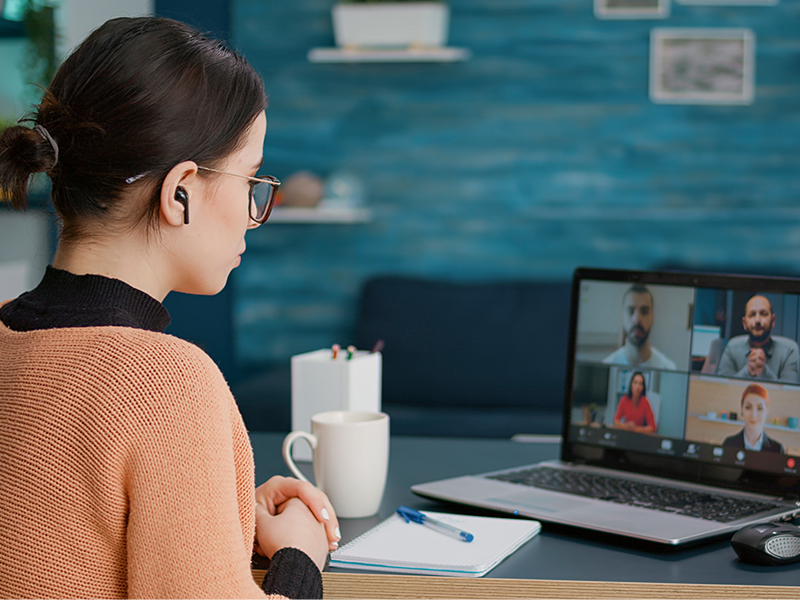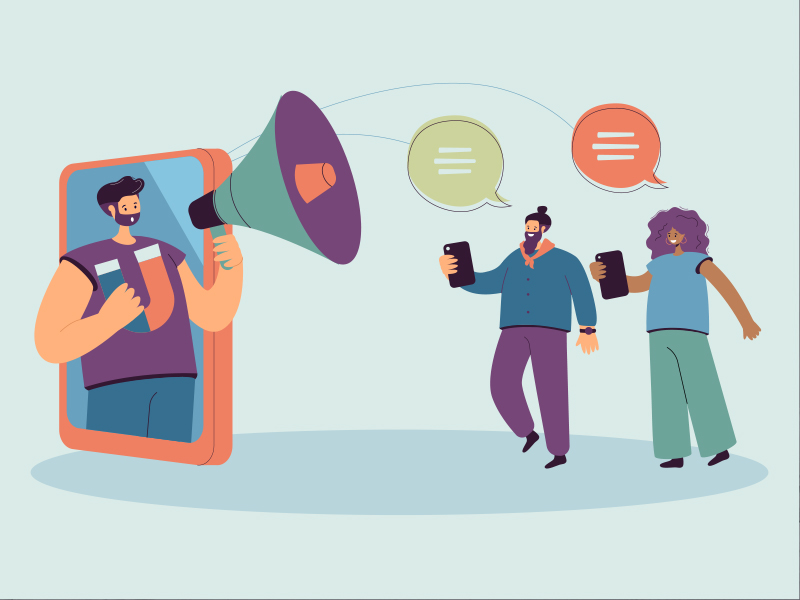The Role of Digital Literacy for Students and Teachers
Digital literacy creates opportunities for educators and learners to use devices, media platforms, and other digital technologies and analytical systems that help discover new information and develop valid skills.
Web video analytics represents online resources and helps find and understand important patterns that may be further used to optimize user experiences in terms of quality and efficacy. In this regard, matomo video analytics is the go-to tool.
Notably, analytical digital technologies such as piwik (matomo), and others are also used as effective tools for creating video reports. The most common video reports in education are so-called “how to videos” that are in great demand for students and professors in online courses. Some educational websites where you can make a custom essay order also use such videos in their blogs.
How Do Videos Make the Educational Process Better?
Approaches and tactics used in the educational process constantly evolve to make every step easier. Presently, digital videos are a new tendency in the educational culture and are effective for:
- Learning. With the help of educational videos, students can learn new things in an entertaining manner and, most importantly, remember them later. According to studies, students can recall approximately 65% of information 3 days after they receive it using educational video platforms and only 10% of information that they read.
- Teaching different subject matters. Videos enable teachers to share information in a manner that appeals to students. As such, learners are 30 times more inclined to focus on visual elements than they are on plain texts.
- Sharing and recording data. A video is an effective tool to record conferences and other events that can be later used for academic and other purposes.
In fact, the list of benefits of videos in teaching and learning continues to grow with the development and use of digital tools.
What Do Students Get?
- Develop skills through engaging sensory experiences that supplement print sources.
- Have information that may be hard to find as conventional resources on their smartphones, laptops, and other devices.
- Can study from any place online by accessing videos with useful materials and data.
- Can repeat information to review important ideas and theories in less time compared with reading.
- Get a firm grasp of complex topics through visual input.
- Develop digital literacy and other important skills.
How Do Teachers Benefit?
- Videos make classes more engaging and improve students’ academic performance.
- Digital information is flexible and allows teachers to pause, repeat, or skip chosen parts to stimulate discussions and interactions in classes.
- The use of digital video is possible from any place, thus reaching more students even in remote locations.
- Videos enable teachers to assess student engagement with the provided material via analytics features.
- Visualization is an effective tool that may be used when working with students who need additional sources of information and also tutoring.
- Teachers can increase response rates immensely through the regular use of videos.
The Best Types of Educational Videos
Educational videos represent a group of different records that include materials related to a course, such as:
- Class recordings containing lectures;
- Videos that provide introductions to a new topic;
- Navigation videos that help understand the specifics of a course;
- Videos with comments and useful feedback;
- Preview videos for every new project.
Students and teachers can also gain many benefits from other types that include but are not limited to:
- Presentation videos;
- Animated recordings;
- Explanation videos;
- First-person videos;
- Screencasts.
Live Video Sessions with Students and Teachers
Interestingly, Google Meet and Zoom contribute to the educational process immediately by connecting people. The disadvantage of such sessions can be resolved by recording a meeting online. Thus, digital technology is a great resource for learning, provided that students and teachers have access to the Internet.
The Right Way to Use Videos
Digital technology, namely videos, is only useful when it is a supplementary tool. A problem arises when:
Teachers make videos the main tool for classes and misguide students in such a way by neglecting other sources.
Teachers struggle to create useful videos for students and provide sources of poor quality that hardly enhance the educational process.
Students try to pass a module only by watching videos.
Educators use videos that are too long. It is best to show short videos to make lectures interesting.
Digital Literacy as a Continuous Process
While both teachers and students should find the best ways to use videos and gain the desired effects, teachers bear the most responsibility when it comes to presenting digital material. As such, educators should constantly work hard and learn new techniques to get high-quality educational videos and share them in class.
Some teachers rely on video production companies to make the process easier. This is a good decision that helps close the gap between the levels of digital literacy of students and teachers. As a rule, students tend to be more technically savvy, with better skills and higher standards for videos.
The education community requires some changes to make the process of working with visual material better by:
- training teachers to use digital tools;
- providing access to examples of good videos;
- offering additional resources that can be used to create and edit videos independently.
Educational Videos: Quality Matters
The goal of educating students requires the use of the best videos that clearly discuss a chosen topic or theme. The process of creating such videos requires research, a good outline, structure, and other elements. Notably, when making great educational videos that engage students and enable them to discover new information, teachers should follow several steps:
Be prepared and have a plan.
- Make a plan. It is critical to have a learning objective for every educational video. Prepare a plan that will fulfill the objectives of your video (include examples with statistical data if possible). The quality of every video does not need to be perfect but pressing the record button before you are done planning will not be as effective.
- Find and analyze information related to a topic and use only relevant sources to explain your thoughts and ideas. Credibility is important.
- Prepare a script. Just like a plan, a script adds a certain level of professionalism and helps you maintain focus on fulfilling the objectives. Having a script also enables teachers to practice and make improvements before recording if needed. There is no need to develop a complex script; however, a list of main points can be very useful when working with digital instruments.
- We recommend having a storyboard for a video because it is a good tool to visualize the final product and, again, main corrections to create a better video. A series of screenshots can show what you plan to display with your recording.
- Use a voice over. Many teachers do not want to record a voice over and prefer to use subtitles. This approach does not really work, and it is best to add voiceover on your video. A good online video dubbing tool should do the trick by enabling you to record your voice. When you create quality voice-over videos for the first time, you will see the difference in its efficacy.
The best voiceover video maker for teachers and students is Phoenixdk.co.uk. We highly recommend it because this helper has a built-in voice recording feature that is easy to activate and use. Upon completion, a file can be saved and sent to Phoenixdk.co.uk. Notably, this voiceover maker can even help you get a transcript of your text; thus, many use it as reliable audio recording software.
When you are done, save the audio file and import it into Phoenixdk.co.uk. You can even export the edited text as a transcript or as an SRT file for captions. This tool is quite comfortable and uses professional audio recording software. There is no easier and more convenient way to record voice overs than using this software. As well as being incredibly skilled technically, Phoenix also has a gorgeous and natural voice.
Make your next video impressive and create voice overs for videos using professional digital instruments. You can do the best videos for educational purposes with the right tool online.

